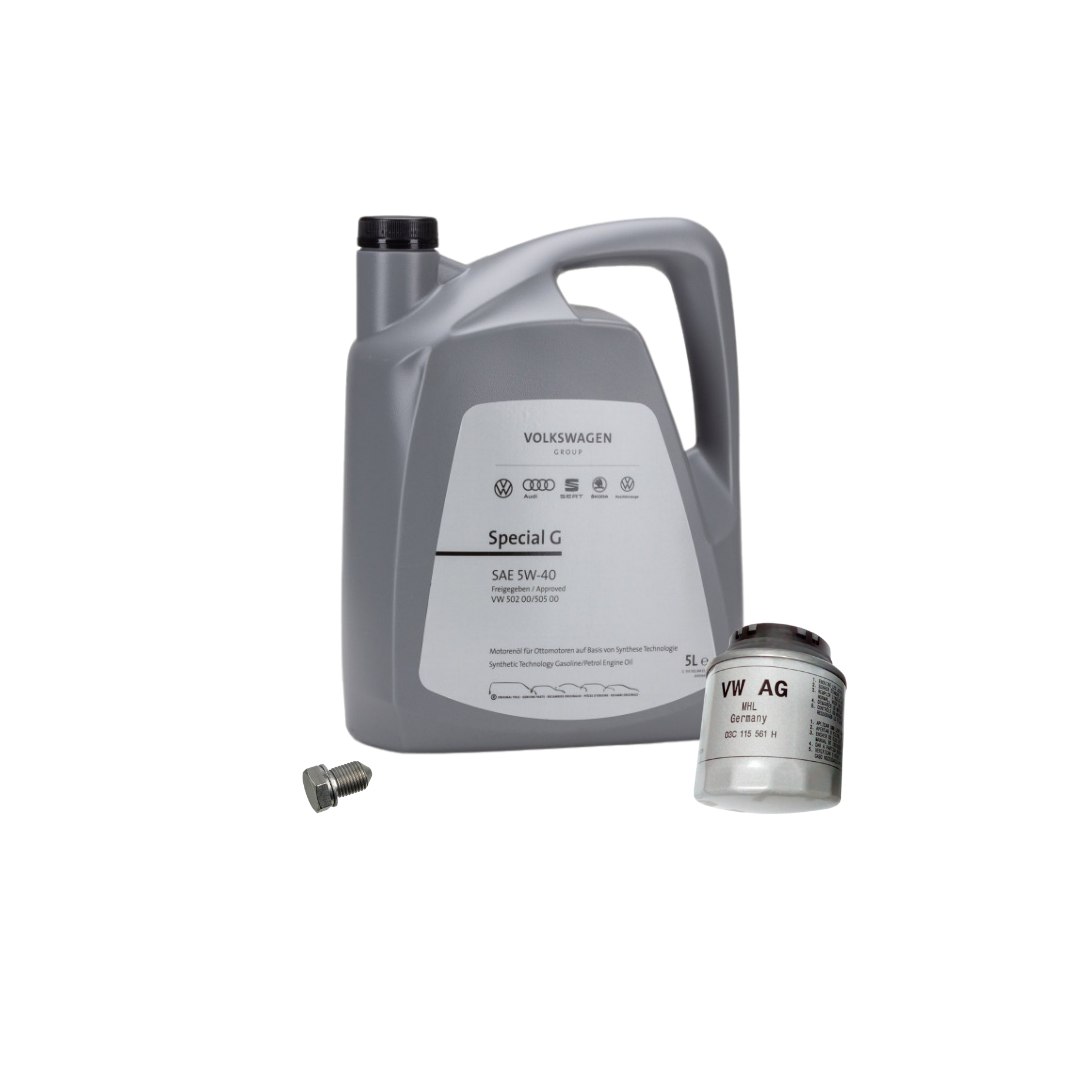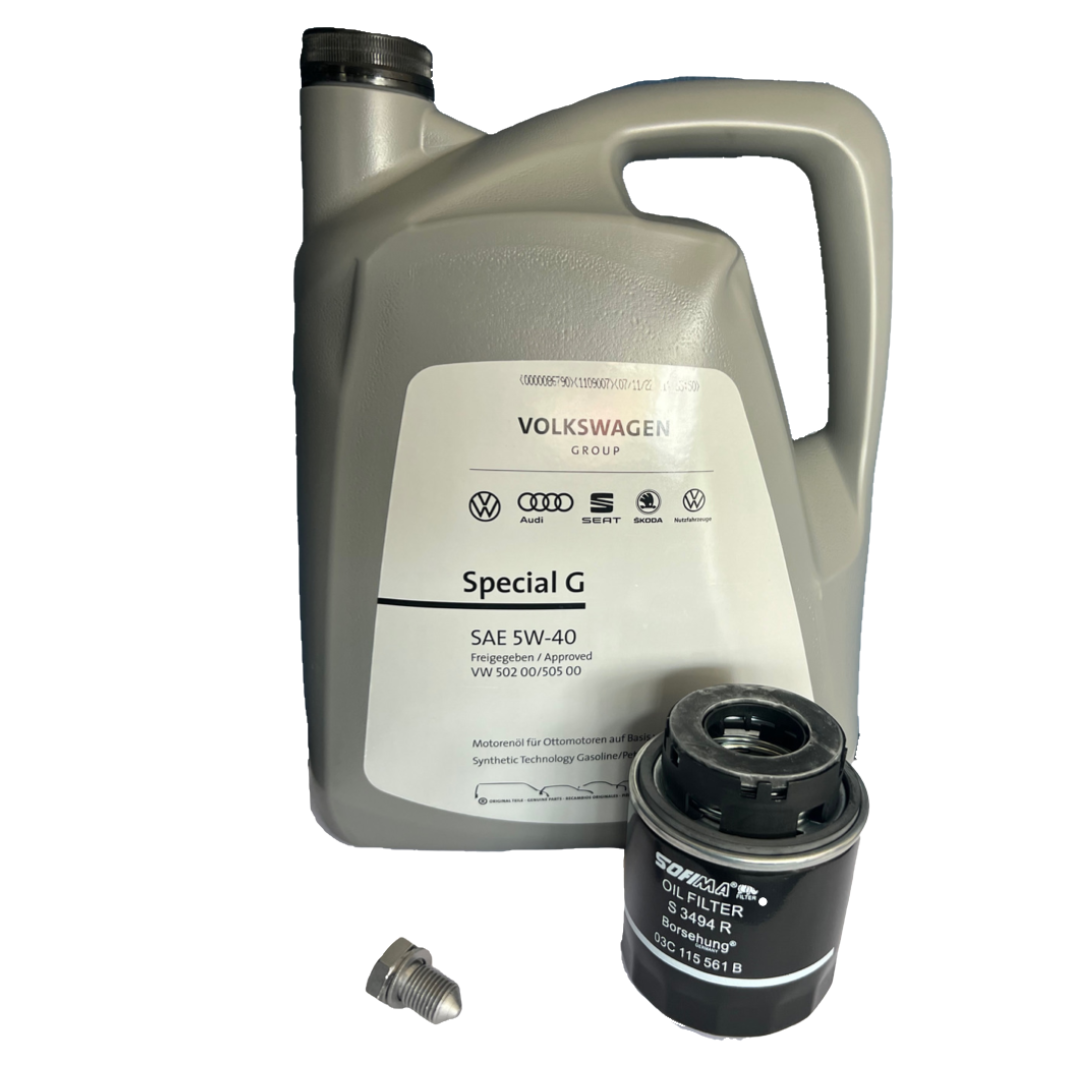Find a cost-effective clp engine for industrial applications.
Find a cost-effective clp engine for industrial applications.
Blog Article
Exactly How a Clp Engine Can Enhance Efficiency in Various Industries
The advent of CLP engines notes a significant shift in operational effectiveness throughout various markets, driven by their capability to maximize gas consumption and reduce downtime. Industries such as production and logistics stand to gain considerably from their durable style and consistent power result, which promise to streamline operations and improve productivity. As companies progressively focus on sustainability together with effectiveness, the function of CLP engines becomes also much more important. What continues to be to be seen is exactly how these advancements will form the future landscape of industrial procedures and their effect on broader financial patterns (clp engine).
Summary of CLP Engines
CLP engines, or Continual Fluid Propellant engines, represent a considerable innovation in propulsion innovation, especially for area applications. These engines make use of a constant feed system that enables the continual expulsion of propellant, causing enhanced effectiveness and efficiency compared to conventional solid or hybrid propulsion systems. By preserving a consistent circulation of fluid propellant, CLP engines can attain a lot more exact thrust control, which is vital for maneuvering spacecraft in various mission situations.
The design of CLP engines integrates innovative materials and ingenious gas management systems. clp engine. This leads to minimized weight and boosted integrity, essential elements for long-duration room missions. The continual operation minimizes the danger of burning instability, a typical difficulty in traditional rocket engines.

Benefits in Production
The production of Continuous Liquid Propellant (CLP) engines provides a number of noteworthy benefits that boost both efficiency and cost-effectiveness. Among the main advantages is the structured manufacturing procedure, which decreases the complexity connected with typical propulsion systems. By making use of fluid propellant, producers can achieve better accuracy in engine performance, leading to enhanced power result and lowered waste.
In addition, CLP engines promote a greater level of modularity, enabling less complicated combination into numerous production lines. This adaptability can considerably decrease preparations and boost overall functional flexibility. Using CLP modern technology also often tends to reduce the need for substantial upkeep as a result of fewer relocating components, which translates into lowered downtime and operational costs.

Applications in Logistics
Leveraging Constant Liquid Propellant (CLP) engines in logistics provides significant benefits in functional effectiveness and integrity. These engines give a durable service for different transportation demands, enabling the smooth movement of items across substantial ranges. The intrinsic style of CLP engines permits consistent power outcome, which translates into smoother and a lot more predictable transportation schedules.
One of the essential applications of CLP engines in logistics remains in sturdy products transportation, where they can drive both ground and aerial lorries. Their capacity to maintain high performance under differing load problems guarantees that shipment timelines are met, therefore boosting client complete satisfaction. Additionally, CLP engines can be integrated right into automated logistics systems, facilitating real-time monitoring and enhancing route planning.
Additionally, the sturdiness of CLP engines minimizes upkeep downtime, enabling logistics business to optimize their functional abilities. This is especially helpful in warehousing procedures, where efficiency in websites managing and transporting products is crucial. As logistics remains to develop, the assimilation of CLP engines stands for a forward-thinking technique that not just improves efficiency however likewise sustains the industry's expanding needs for integrity and rate.
Effect On Energy Efficiency
How do Continual Liquid Propellant (CLP) engines improve power efficiency in transport? CLP engines make use of a constant flow of fluid gas, optimizing burning processes and preserving a stable drive output. This layout minimizes energy losses associated with standard combustion engines, where fuel shipment can differ and bring about ineffectiveness.
The constant operation of CLP engines enables for a more efficient thermal cycle, leading to Check Out Your URL greater particular impulse compared to traditional engines. clp engine. This converts to lowered gas usage for the same amount of work done, significantly lowering operational prices throughout numerous transport markets, consisting of air travel and maritime industries
Additionally, the capacity of CLP engines to keep optimum performance under varying tons conditions reduces the demand for frequent velocity and deceleration, further improving fuel efficiency. Enhanced power effectiveness not just contributes to set you back savings yet likewise results in reduce greenhouse gas discharges, straightening with international sustainability goals.
Future Trends and Innovations
Arising advancements in Continuous Liquid Propellant (CLP) engine modern technology assurance to revolutionize the landscape of transportation efficiency and sustainability. As markets pivot toward greener alternatives, CLP engines stand at the leading edge, integrating cutting-edge products and design approaches that improve performance while reducing ecological influence.
Among one of the most promising trends is the fostering of crossbreed systems that integrate CLP engines with renewable resource resources. This harmony can maximize gas consumption and minimize discharges, straightening with international sustainability goals. Furthermore, innovations in computational liquid characteristics (CFD) are facilitating the style of even more aerodynamically effective engines, resulting in decreased drag and improved gas effectiveness.
Additionally, the advancement of smart surveillance systems is established to enhance functional efficiencies. These systems utilize data analytics and IoT technology to optimize engine performance in real-time, making sure that the engines operate within their most reliable parameters.
As research study remains to explore alternate propellant formulations-- such as biofuels and artificial fuels-- the future of CLP engines looks encouraging. By using these technologies, markets can not just boost their effectiveness however also contribute considerably to a cleaner, much more sustainable future in transport.
Final Thought
In conclusion, CLP engines represent a reference substantial innovation in effectiveness throughout numerous industries. Their ability to enhance gas consumption and reduce operational costs, combined with a continuous feed system, enhances power outcome and operational reliability. The assimilation of innovative products and fewer moving parts decreases maintenance demands, while placement with sustainability objectives settings CLP engines as a crucial innovation for the future. Proceeded innovation in this area guarantees further enhancements in performance and ecological efficiency.
Report this page